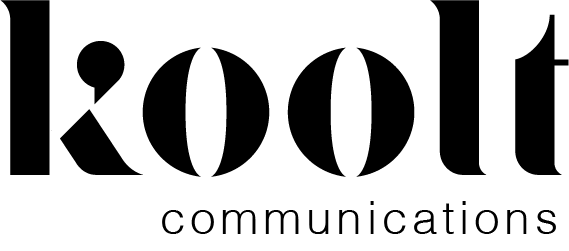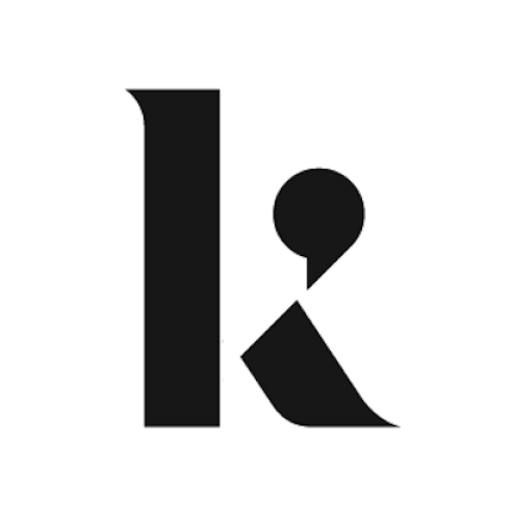Innovation in Marketing
How do you innovate, how do you create something new to meet the real needs of your customers? Innovation is a topic we need to focus on these days more than ever. Even if innovation can be born of chaos, the structure helps us to make a difference. This is the opinion of Ana Dobre, with whom we talked about innovation and who inevitably brought Design Thinking to the center of attention, with bold accents on Agile principles. If I lost you with these terms, stick with me. Just keep reading, I promise it will be worth it.
Design Thinking is a powerful and effective problem-solving process that begins with understanding the unmet needs of customers. This perspective generates an innovation process that includes concept development, applied creativity, prototyping, and experimentation. When design thinking approaches are applied to business, the success rate of innovation improves substantially. Design Thinking has its roots in a multitude of fields, from Engineering, Industrial design, Materials science, Human-Computer Interaction, Psychology, Philosophy, to Urban Architecture, Management, or Economy.
Ana Dobre is a leader in customer experience and marketing, with a proven track record in the telecommunications industry, a Design Thinking trainer and practitioner, and an AGILE methodology promoter. She is an Engineering Support Manager at Microsoft and holds a CIM Certificate in Professional Marketing – Customer Experience.
Oana Mudura: We are at the Noblesse Palace and I have with me Ana Dobre with whom we will discuss today Design Thinking and marketing innovation. Ana comes from the marketing environment, she has a lot of experience in Customer Experience at Vodafone, and now she is at Microsoft where she entered a position that has nothing to do with the communication part but she entered a very technical part and I leave you to You tell me more.
Ana Dobre: I found you well. Thanks for the invitation. Indeed, at first sight, it has nothing to do but if we go into a little detail we will notice that there is a continuity in what I have chosen to do starting this fall. I’ve always admired Microsoft for the culture it has and for the impact it has on society, and that’s about the attraction I felt when I chose to go to them. In the last three years, I have had a Customer Experience, indeed, coming from my passion for the marketing area, which has expanded a bit in other areas as well. Because that’s actually what Customer Experience does: it looks at everything that’s going on in a company and decides what’s best for the customer.
Put the customer first, as any business should do. That is the essence of marketing, indeed. Now I value the People Manager part, the experience of the last years that I had in the previous roles in Customer Experience and Product Development, Product Management. Now a team of engineers. At first glance, it is a very technical field and it is so. But the part that I also use as continuity with Customer Experience is the part of Employee Experience. A company can have a perfect strategy on paper but if it is not supported by every member of the company every employee then it can very easily fail.
Oana Mudura: What exactly do you do every day? Tell me a job description.
Ana Dobre: It is a very nice combination of human interaction with my team, with my colleagues, the other managers from other departments. It is ultimately an eye on the operational area and an eye on the side of people’s experience in working with the client. The people on my team actually work with customers, take care of de-bugging cases, solve technical problems, but any such interaction is also human interaction.
Oana Mudura: I heard earlier, you argued in the presentation that every company must be customer-focused, to be centered around the customer in the end and this is the basis of all activity. You have studied the AGILE principles that you said you have implemented and continue to implement in your activity and the Design Thinking part. I would like to ask you to tell me something about Design Thinking and how these principles apply in your profession.
Ana Dobre: Design Thinking is a very fashionable term just like AGILE. The nice part about it is that it comes from a lot of fields. It combines experiences from architecture, engineering, psychology, all put together. I give you a structured way of approaching the business that can be both an advantage and a disadvantage. I look at its positive side because innovation can come from chaos, but when I talk about companies with thousands of employees, the structure will always make a difference.
The Design Thinking part connects very nicely with everything that means agility because it puts you in a position to understand the client’s needs very well. The part I love is its first stage, namely the one of truly discovering the client’s need and how Design Thinking manages to capture this element is in great detail and detail. You are not satisfied with the insights.
You manage to go deep and understand the client’s need not only from a functional point of view but especially emotionally. Today’s marketing can no longer exist just by delivering functional products without having a story, without really understanding the psychological need behind it. That’s what I managed to do using the Design Thinking part. It is Human-Centric, you manage to reach the need when in depth through specific techniques of empathy, empathy, reframing, in-depth interviews that you do with each client. in this way I manage to reach relevant insights beyond those that classic marketing and research studies can give you.
Oana Mudura: I entered the Microsoft website the other day and saw this sector of Human-Centred Software and all the activity that is focused on people, customers, and needs. Here is this shift towards the emotional needs of the client even if we are talking about a software company. What kind of trends do you see that are starting to come to the surface and that draw your attention especially for this sector of activity?
Ana Dobre: What I am very passionate about and the company I am now investing in is the whole area of Artificial Intelligence in which I practically structure, it will revolutionize the way we do business, the way we live our lives that we make easy, easy place robots in our lives. We talk about chatbot as interaction with the client and all this development goes from human to human. We move from the man who has to learn how the machine works, what has happened so far: you learn, you take some lessons on how to use a computer, to the machine that learns how the man works.
Nor can I imagine now what the next few years will look like because just as the smartphone has revolutionized the way we use or satisfy certain daily needs, from ordering food to ordering a taxi, learning something new or staying close of friends, relatives, and so on, I can not imagine how humanity will practically change when we widely use Artificial Intelligence, Machine Learning, Machine Teaching. It is one of the trends that I have been very close to and being in this company I am convinced that I will be.
Oana Mudura: There is a lot of psychology when it comes to Artificial Intelligence, and especially the interaction with customers, especially in the area of chatbots. You also went to this sector and started the Faculty of Psychology to plan your second career, successfully applying the AGILE principles in your life. You have made a strategy for the next 30 years and you are preparing like this from now on, slowly building your second career brick by brick. I think it is a natural shift to go to psychology when you work in marketing because it blends very nicely. How do you intend to approach this career with this background, these design thinking principles? I think you will do something a little different than it is traditionally done today.
Ana Dobre: The plan is flexible. It’s not so fixed in detail. It also leaves flexibility, I let surprise, I let life flow naturally. But I have some very clear intentions. How exactly they will materialize, we will see because as we see the world is changing very quickly and it is important to remain flexible so that you can adapt. I will combine in the first phase of my transition to the area of psychology, it will probably contain a part of Coaching.
I am very passionate about People Manager, People Engagement and I think this will be a smooth transition to the therapy area at some point for me. From everything I study, from everything I read, it is somewhat a natural stage in human life, the one in which you feel the need to give. You feel the need to return what you received in your youth, in your childhood, throughout your professional career. Maybe out of a desire to leave something behind and make an impact, especially in people’s lives.
Oana Mudura: One last question: a book that changed perspective, a book that impressed so much that you can recommend it further.
Ana Dobre: I think many books have changed my perspective and I am one of the people who I think will learn continuously and it is a principle that I recommend to everyone. We are the Generation that will learn and reinvent itself perhaps once every ten years or even sooner. I could also recommend a book that is somewhat in the field of the topic that we adopt, Design Thinking. It is written by Don Norman: The Design of Everyday Things.
A book that you can understand in which you can understand Design Thinking yourself and how you could apply it even in your personal life because yes even in your personal life you can feel the benefits of this process. But before a trial is a mindset, it is a way of thinking.
Oana Mudura: I studied the AGILE principles, I applied them in my personal life. I also did my strategy for 30 years, remaining just as flexible. It seems like a nice coincidence. Here we resonate in this chapter of objectives. You made me curious about Design Thinking for everyday life. I will follow your recommendation.
Ana Dobre: And I thank you and we stay in touch. Maybe his part of Design Thinking will influence your life as he changed it for me.



